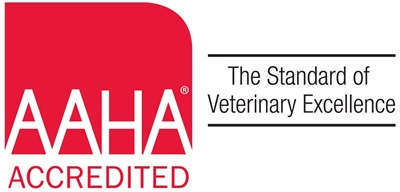When Should You Seek Immediate Veterinary Care for a Pet with a Limp?
While most cases of pet lameness can wait until the next business day for veterinary attention, certain situations require immediate action. If your pet exhibits any of the following signs, it is crucial to take them to the nearest emergency veterinary hospital right away:
- Dragging a limb
- Inability to bear weight on a limb
- Extreme lethargy
- Uncontrollable bleeding
- Excessive swelling
- Excessive vocalization
- Sudden worsening of a limp
If your pet has a minor limp but also displays concerning symptoms like vomiting or diarrhea, they may require emergency treatment for the underlying cause rather than solely addressing the limp.
Some reasons for pet lameness necessitate immediate emergency care. While a muscle sprain or strain may be worrisome, rushing to the closest emergency hospital is not required. However, specific conditions demand urgent attention, including:
- A fractured limb
- Partial or complete paralysis of one or more limbs
- Deep or extensive wounds that won’t stop bleeding
- A bite from a venomous insect or snake
- Involvement in a car accident
- Engaging in a dog fight
Although some of these situations may not initially appear severe, internal issues could develop and necessitate treatment. For instance, if your pet is hit by a car and only displays minor road rash and a slight limp, a comprehensive examination might reveal damage to vital organs such as the liver, spleen, kidneys, or bladder, requiring intensive hospitalization.
Another common scenario that calls for emergency treatment is a pet bitten by another animal. Puncture wounds may seem small, but they can quickly become infected. Moreover, if a pet aggressively shakes your pet, it can cause significant damage to underlying tissues, which can rapidly escalate into a serious problem.
Determining whether your pet, who has transitioned from being a four-legged companion to a three-legged one, requires emergency care can be challenging. Therefore, we encourage you to contact our team to discuss your pet’s condition. We can provide guidance on whether they need immediate treatment.

